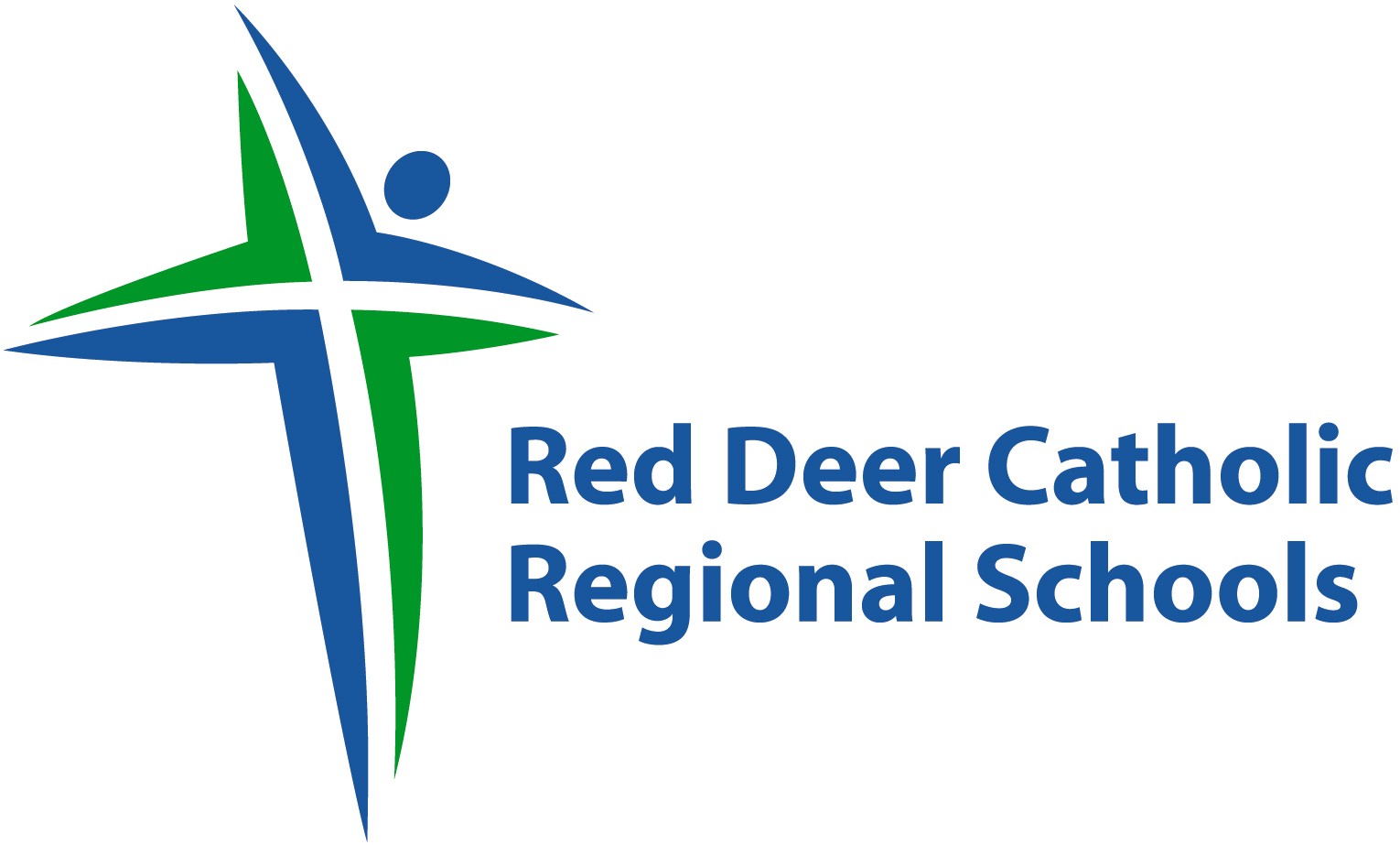Frequently Asked Questions
We want to provide all students with a safe and comfortable journey to and from school. Students are responsible for their conduct toward the driver and other students at all times while on the bus.
The school bus is an extension of the classroom and the same expectations apply. Any conduct that jeopardizes the safety of the driver or students will not be tolerated.
During the first week of school, the bus driver will hand out a brochure with their name and route number, along with further information regarding transportation bus practices that apply on all of our school buses.
When will updated eligibility information be released?
Due to the new eligibility guidelines for the 2024-25 school year, Transportation service will be modified next year. Please stay tuned for pending announcements. Online registration will open on May 1st, 2024.
Is there a maximum length of time that my child will be on the bus?
Why is my child's ride time long?
Why does my child have an assigned seat?
Is eating and drinking allowed on the bus?
Are cell phones or other electronic devices allowed on the school bus?
How will I know if my child’s bus has been delayed or cancelled?
Does someone from the school meet the bus when it arrives?
Why can’t the bus stop be at my house since it drives right by?
Can I access busing from two different homes?
What happens at the transfer sites?
My child has special needs, how do I arrange transportation for them?
Can my child bring a friend home with them on the bus, or go home with a friend on another bus?
How do I contact the bus driver?
If my child is not going to be riding the bus should I inform anyone?
What if I have an emergency and need to make alternate transportation arrangements for my child?
What if I need to make address changes or special requests for my child?
Can my child bring their sports equipment (hockey, skateboard, sticks) or musical instrument on the bus?
I live outside of Red Deer Catholic Regional Schools (RDCRS) catchment area and I am attending an RDCRS school, is busing available?
If I have a busing concern, how should I address it?
When are the alternately flashing lights on a bus used?
Why does the bus driver not use the flashing lights and stop arm in the City of Red Deer?
How often do you practice bus evacuations?
What qualifications are required by RDCRS for bus drivers?
New Transportation Changes in 2024
At the March Regular Board Meeting, the Board of Trustees approved the recommendation of changes within the transportation processes:
- Students eligible for busing, if necessary, will receive up to two bus stops to accommodate up to two addresses.
- Should the student's second bus stop be located on the same route as the student's primary address's bus stop, no additional transportation fees would apply.
- If a student's second bus stop requires the use of a second bus route, within the school catchment, a fee of $150 will apply to offset the seat being occupied on a second bus route.
- If a student's second bus route is outside the school catchment there will be no busing provided.
Bus Registration:
When registering a child for busing, parents/guardians will need to register using their primary address that is within their school's catchment. If the parent/guardian requires the child to be dropped off at an alternate address (as described above), they will be able to add an alternate address into their bus registration. If the alternate address falls within catchment but does not fall into the child's pre-existing bus route, then a second bus would be needed on an alternate route and a $150 fee will be charged.
To ensure we are following the recommended changes, two bus stops are allowed per family within the school's catchment.
| Primary Approved Bus Stop | This is the student's primary physical and mailing addresses. |
| Secondary Approved Bus Stop |
This is only used as a secondary address for Transportation to dayhome, daycare, or contact 3 address - this is not intended for extra-curricular activities. Contact 3 as defined in PowerSchool is the parent/legal guardian living at an address that is DIFFERENT than the primary approved bus stop. Example: Students may live at the primary approved bus stop, 50% of the time and Contact 3 the other 50%. |
To efficiently plan routing we request that all transportation registrations are received on or before June 15th, 2024. Requests received after June 15th will be processed, however a late fee of $5O/student will be applied.
The revised transportation processes came into effect at the start of the 2023-2024 school year.
